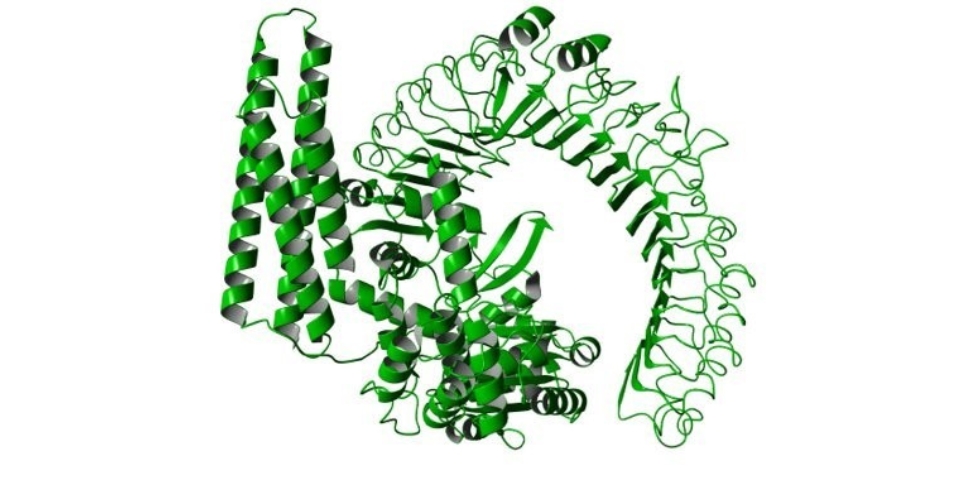
Information

In the world of tomato cultivation, a disruptive force known as the ToBRFV virus has caused great concern among growers. We have embarked on a mission to provide a powerful solution to this virus. Through our relentless pursuit of innovation and passion for vegetables, we have developed a pioneering approach to tackling ToBRFV virus head-on. Read the fascinating journey of Enza Zaden's High Resistance gene (HREZ) and its potential to revolutionize tomato breeding.
Tomato Brown Rugos Fruit Virus, or TOBRFV, was discovered in Israel and Jordan in 2014. It was quickly identified as a new Tobamovirus species. Tomato breeders faced a significant setback as this virus broke the Tm-22 gene, which had been used for over half a century against other Tobamoviruses.
When our team at Enza Zaden first heard about this outbreak from our sales representatives in the Middle East, we recognized the seriousness of the situation. We undertook an extensive screening of our gene bank. Thousands of wild tomato plants were meticulously screened, leading to the identification of a few resistant accessions. Among them, a highly resistant accession was discovered from a wild species called Solanum habrochaites. We isolated the gene responsible for High Resistance to understand its working mechanism. This breakthrough paved the way for breeding the HREZ gene into cultivated tomato varieties, ensuring High Resistance to ToBRFV.
By introducing HREZ (High Resistance by Enza Zaden) - a collection of tomato varieties has become available with high agronomic performance and post-harvest properties, along with the colors, textures, flavors, shapes and sizes sought after by the value chain, plus the vitally important High Resistance gene to ToBRFV.
Read more about the history of ToBRFV.
Upon closer examination, the structure of the HREZ protein and the Tm-22 protein appears remarkably similar. Their resemblance is so uncanny that the two structures align almost perfectly when superimposed.

The HREZ protein

The Tm-22 protein

The two proteins superimposed: the structures of these proteins are very similar and likely to act in similar ways.
We employed traditional breeding techniques, leveraging crossing and selection, to rapidly integrate the HREZ gene into our tomato portfolio. Notably, this non-GMO approach aligns with our commitment to natural solutions. The journey from identifying the resistance source to market introduction took only six years—an impressive feat.

The journey to combat ToBRFV has taught us valuable lessons. While breaking strains occasionally occur, the HREZ resistance holds. Growers have reported only a few isolated cases of plants showing symptoms, easily managed by removing the infected plants. Even on such occasions, growers were able to complete their cultivations with high yield and high- quality fruits. Further analysis revealed that the breaking strains quickly fade away in the presence of HREZ plants.
While the virus persists in HREZ plants, the strong difference in viral load between HREZ and susceptible plants is astounding—a more than a million-fold difference. High levels of the virus in susceptible plants contrast with significantly reduced levels in HREZ plants. Moreover, our tests have shown that HREZ plants are not contagious, offering peace of mind to growers.
The resistance mechanism conferred by the HREZ gene is fascinating. When the ToBRFV virus enters an HREZ variety, the HREZ protein recognizes a specific viral protein and triggers a rapid immune response. This response actively breaks down the virus and restricts the spread within the plant, thereby effectively stopping the infection in its tracks.
We are highly confident that the HREZ gene has the potential to endure ToBRFV. While growing HREZ varieties, growers should continue to take sanitary measures to decrease the amount of virus, use only HREZ varieties in one greenhouse compartment, use HREZ rootstock when available, and consider late sowings to avoid very high temperatures.
HREZ is a breakthrough solution that has a significant global impact on tomato cultivation by providing tomato varieties with High Resistance against ToBRFV, helping to prevent the spread of ToBRFV and by revolutionizing the tomato industry. With HREZ varieties, growers have a chance to return to preferred planting dates and regular harvest cycles, while anticipating more consistent quality and potentially higher yields. In turn, retailers can expect better supply planning and more consistency in product quality. HREZ is a label that enables the tomato industry to look forward with confidence.

Through our dedication to research, collaboration, and innovation, we have provided tomato growers worldwide with a powerful tool to combat this devastating virus. Our team will continue to invest in research and development to expand our HREZ tomato collection. Their commitment to sustainable solutions and collaboration remains at the forefront of their efforts. By harnessing the power of genetics and innovative breeding techniques, we aim to create a robust and resilient tomato industry for years to come.
In addition, it is important to stay informed of the latest virus and resistance developments.
Data information and illustration provided by Enza Zaden on this webpage are provided to assist professional growers and users and, are based on Enza Zaden’s assessment of its test results and practical experience however without any guarantee, representation or warranty regarding accuracy thereof or purpose and/or performance of the HREZ variety in practice. Environmental conditions must be taken into account. Under no circumstances shall Enza Zaden be liable to the professional grower or user for results deviating from that information.